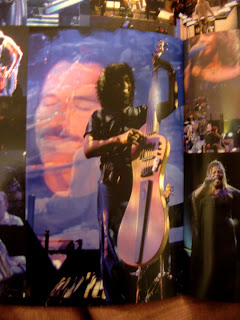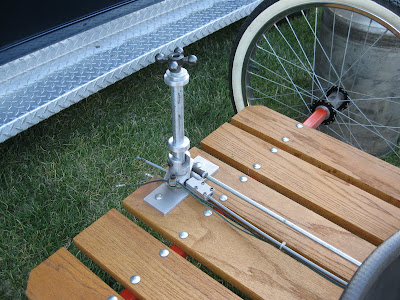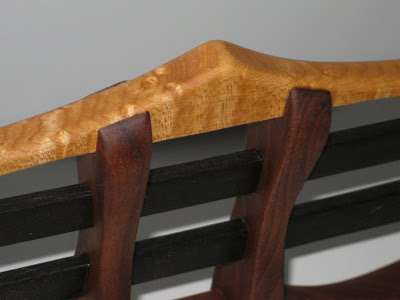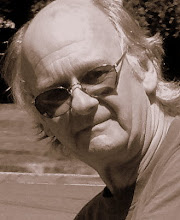



You approach the orchestra prepared to lead them in creating beautiful music. Just before you lift the baton, you remember that the oboe player has a chest cold and won't be able to play the long notes like he usually does. In this hall, you recall, the bright sounds are really projected well so you must hold down the brasses, especially the trumpets. And the tympanist has broken up with her boyfriend, and she's going to be back there whomping out the painful beats of her broken heart. Use the softening gesture toward her, but remember to smile too...
It's those variables and how you respond to them that puts your performance either in the "art" category or the "cookie cutter" list.
So it is with roasting coffee. All this time I had lumped the beans with a turkey: you put it in the oven at 325 degrees, did the math and checked on it after the elapsed time and if it looked done, took it out.
Then I watched Pat roast.
So starting with the coffee, where is it from, what experience have you had with it?
Answers to those questions will drive the two principal variables, roasting temperature and time. The gas-driven flame you can see, the clock you can watch, and the beans must be looked at regularly by sliding out a little handled tube, taking a quick, analytical glance, and thrusting them back into the heated fray.
Roast time is 14 minutes, give or take. Pat packs a clipboard and records the temperature every 30 seconds, glancing at the flame, pulling the tube out and observing carefully and quickly, making adjustments to flame and air, and then it's time to record the temp again. The analogy to conducting an orchestra is physically very apt, which leads to a challenge to Brian Johnson: Film this guy and set it to music!
When the beans are done, based on human judgments of their color and the presence of tiny dots of oil (the cheerful deliverers of that exquisite fresh-roasted flavor), they make a steamy entrance into the cooling tray where chaff is blown off from the popping phase (and yes, it sounds a little like popcorn).
The graph is saved. And while it is not as exquisite as Charles Minard's famous chart it will be valuable to Pat, contributing to the consistency of his roasts, in spite of the oboe player and the tympanist.
If you can buy a bag right then, your hands will be warmed all the way home from Green Plow Coffee Roasters on 6th street in Redmond, Oregon.














































